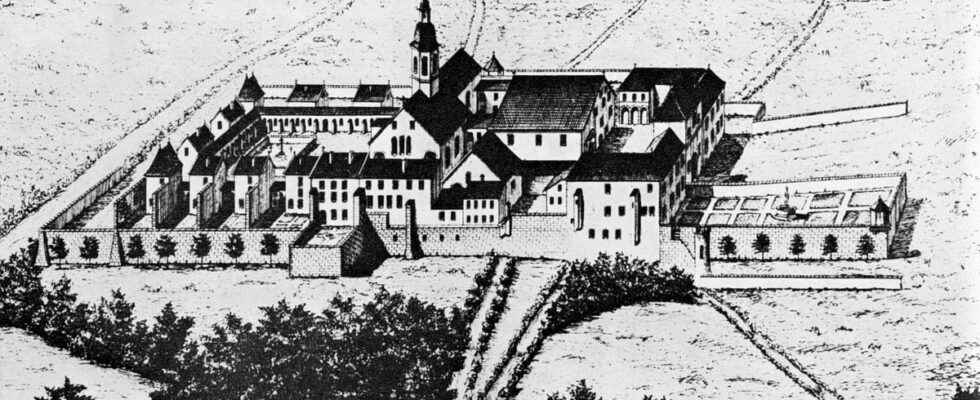What is a chartreuse?
It is quite simply a monastery in which the monks of the Carthusian order live. Monks with a hard life, between loneliness and isolation. Their days are precise and they must not work more than what the community needs. They are nevertheless the only producers of the liquor The Charterhousewho is the primary source of funding for the order even today.
The origins of the Chartreuse de Vaucluse
We do not know with certainty the date of the construction of the charterhouse of Vaucluse, but the historians agree on 1139. It is one of the oldest in Europe. It occupies a territory of more than 800 hectares, mainly made up of forests. Only a few buildings are present on the estate.
At the heart of the battles between Burgundy, the crown of France and the empires of Europe, the charterhouse is regularly attacked, but always rebuilt.
During the French Revolution, the Charterhouse of Vaucluse was looted, and its goods were sold and dispersed. The Carthusian order is dissolved, and the monks flee where they can. The order will be refounded in the middle of the 19th century, under the impetus of the last prior of the Charterhouse of Vaucluse, Grégoire Sorel.
Sacrificed in the post-war period
After the Second World War, France is rebuilding and has a great need for electricity. In 1961, the construction of a hydroelectric dam on the Ain was then completed. It will result in create the lake of Vouglans which will engulf the villages and the chartreuse, which is nevertheless listed as a historical heritage site. The impoundment will be effective in 1968.
Alone the gate and two small buildings are dismantled to be saved from drowning a little higher.
Today, only very experienced divers have access to the monument, which lies under 45 to 90 meters of water.
– Bonneville / CC BY-SA 3.0
Jean-Luc Mordefroid is the book coordinator “The Mountain, the Hermit & the Mountaineer”to be found at the Archeology Museum of Lons-le-Saunier.
